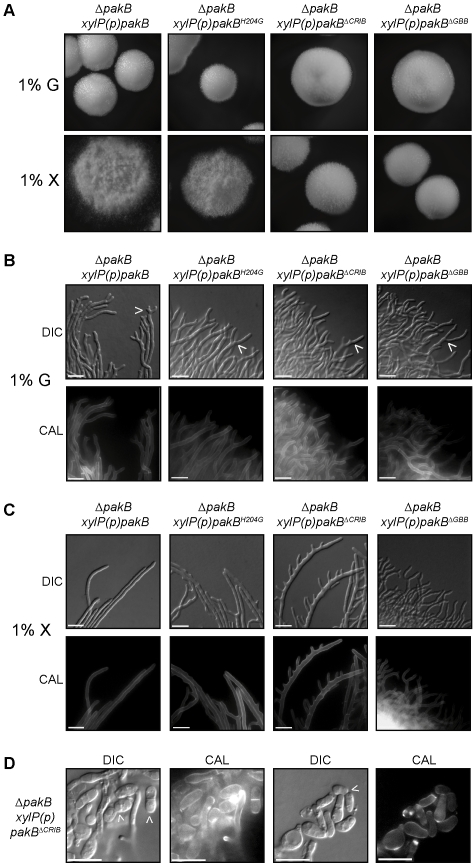Figure 9. The CRIB and GBB domains are essential for PakB function at 25°C.
ΔpakB xylP(p)pakB, ΔpakB xylP(p)pakBH204G, ΔpakB xylP(p)pakB ΔCRIB and ΔpakB xylP(p)pakB ΔGBB strains were grown on carbon-free ANM + (NH4)2SO4 supplemented with either 1% glucose or 1% xylose for 10 days (A) or 4 days (B–D) at 25°C. (A) All strains exhibit the ΔpakB yeast-like colonial phenotype at 25°C on non-inducing medium (1% G). On inducing medium (1% X), expression of the xylP(p)pakB construct completely restores the wildtype hyphal phenotype. Expression of the xylP(p)pakBH204G allele partially restores the wildtype hyphal phenotype. The ΔpakB xylP(p)pakB ΔCRIB and ΔpakB xylP(p)pakB ΔGBB strains are indistinguishable on non-inducing and inducing medium. (B) On non-inducing medium (1% G), all strains exhibit the ΔpakB phenotype at 25°C in that they produce compact colonies which are comprised of tightly packed, apically branched hyphae (indicated by white arrowheads). (C) On inducing medium (1% X), the expression of the xylP(p)pakB construct completely restores the wildtype hyphal phenotype. Expression of the xylP(p)pakBH204G allele partially restores the wildtype hyphal phenotype such that hyphae are less tightly packed and less apical branching is observed. Expression of the xylP(p)pakB ΔCRIB allele results in hyperbranching of hyphal cells. The ΔpakB xylP(p)pakB ΔGBB strains appear indistinguishable on 1% G and 1% X. (D) In addition to the hyphal hyperbranching observed in the ΔpakB xylP(p)pakB ΔCRIB strains on inducing medium (C), these strains produce numerous yeast cells around the colony periphery. Some yeast cells appear to be dividing by fission (white arrowheads). Images were captured using differential interference contrast (DIC) or with epifluorescence to observe calcofluor stained fungal cell walls (CAL). Scale bars, 20 µm.

